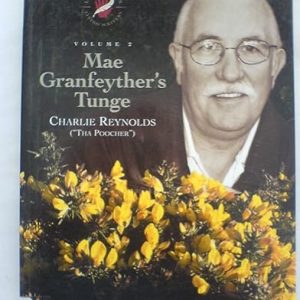Early Belfast
For most people, nineteenth-century Belfast is the very essence of an industrial city, boasting as it did by 1900 the world’s largest spinning mill, the most productive shipyard, the biggest ropeworks and tobacco factory. This book looks beyond that world to reveal an earlier Belfast where the foundations for its later industrial prowess were laid. It charts the town’s remarkable growth from site to city, from the first mentions of it as long ago as the seventh century through to the 13th-century Anglo-Norman settlement and Gaelic revival, to the Plantation town of the seventeenth and eighteenth centuries. It re-traces not only the development of the early streets, and their names, but also the lives of those who walked and lived in them. In doing so it recreates something of the thriving commercial settlement and port that came increasingly to dominate the life of the region it served – Ulster – in the seventeenth and eighteenth centuries.” “Using a unique series of maps, together with archaeological and documentary evidence that has been expertly pieced together, the book revolutionises our understanding of this, the most Ulster of towns, before the coming of industrialisation. Just as importantly, it reminds us that Belfast has always stood, in the poet Derek Mahon’s lyrical phrase, a ‘hill at the top of every street.
£7.50
Related Products
Related products
-
Books
Researching Scotch-Irish Ancestors
£19.99 Select options This product has multiple variants. The options may be chosen on the product pageRated 0 out of 5





